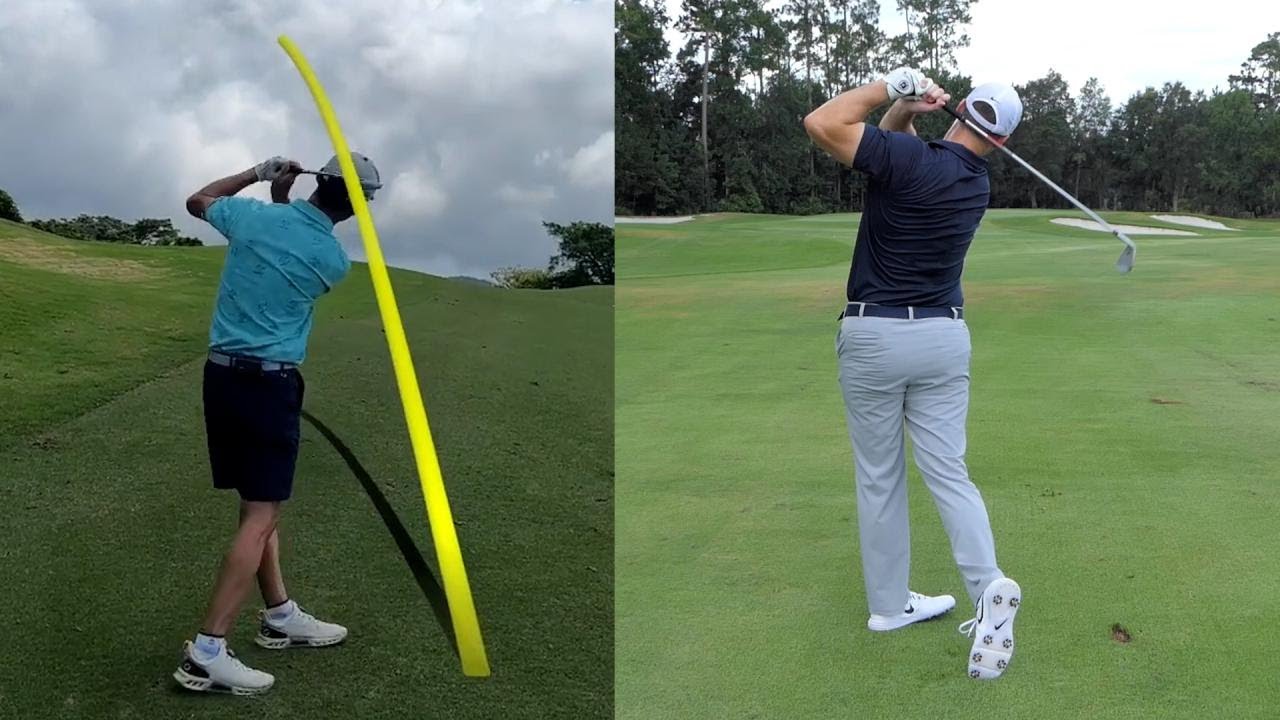
Wondering how some golfers effortlessly send the ball mid-flight while others fall short? The secret lies in mastering iron shot techniques. In this guide, we delve into how to compress your irons for optimal distance and precision.
Table of Contents
The Science Behind Iron Shot Distance
Why do some players hit iron shots farther, even with similar swings? The answer is in the mechanics between the club and ball. Mastering this is key to enhancing any golfer’s game.
It’s not just about strength but skill. When a player strikes perfectly, a deep thud follows – a hallmark of a well-compressed shot. This is the strike that maximizes distance.
Understanding Compression
Compression allows energy from the swing to be harnessed effectively. For optimal results, your club should compress the ball against the turf, fostering a low, penetrating flight path. Many face challenges when they inadvertently add loft, making their shots float.
To achieve compression, maintain a square clubface at impact. Avoid flipping or leaning back. Visualize the club covering the ball to ensure a solid strike.
The Role of Loft in Iron Shots
Loft profoundly affects your iron strikes. Excess loft results in weaker, high trajectories. Aim to deloft the club at impact.
As your club approaches the ball, keep the face level or slightly forward. This technique ensures the ball is struck efficiently, promoting a desirable low trajectory.
Feel the Covering Action
To refine your iron play, practice the covering action – a sensation of the clubface enveloping the ball. This isn’t just visualization; it’s an actionable technique.
Focus on wrist positioning. A slight bow in the left wrist during the downswing encourages the clubface to naturally close. This helps in achieving a professional-grade low draw.
Drill: Half Backswing and Full Follow Through
Try the half backswing, full follow-through drill to ingrain these concepts. It focuses on lower body power and maintaining a strong finish.
- Conduct a half backswing to enhance control.
- Focus on power loading in your legs.
- Execute a full follow-through to cover the ball efficiently.
This drill helps amplify both your swing mechanics and distance.
Closing the Club Face
Achieving a low, penetrating shot often involves closing the clubface at impact. Many golfers face challenges with an open face leading to high, weak shots. To counteract this, refine your wrist and hand alignment during your swing.
A bowed left wrist and correctly positioned right hand ensure the club rolls over, enhancing compression. Practice this motion to build muscle memory, resulting in more consistent shots.
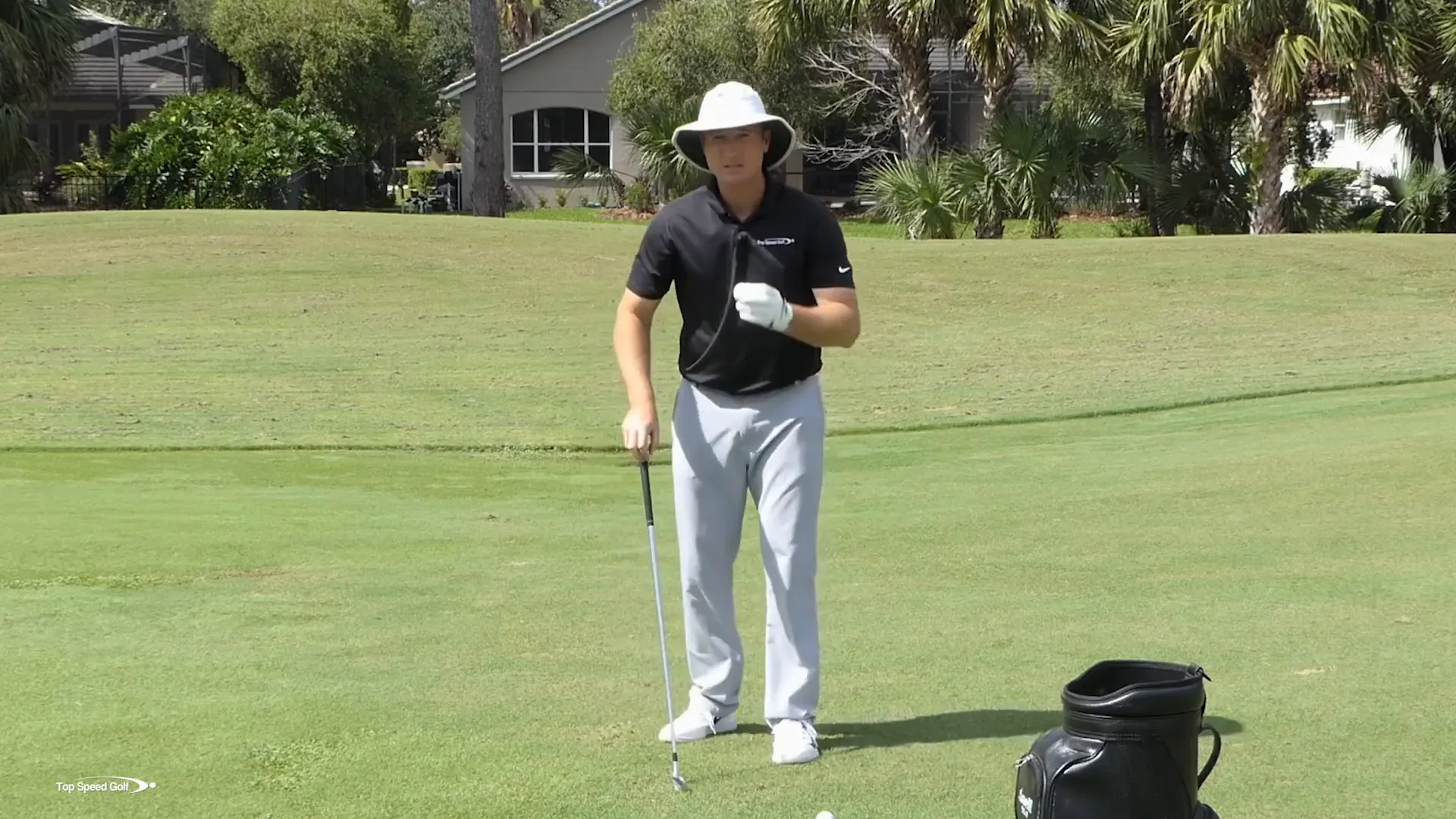
Perfecting the Low Draw Shot
Introducing a low draw shot transforms your game, improving both distance and precision. To execute, focus on covering the ball with an engaged clubface, compressing it against the ground.
Visualize the toe of the club rolling over the ball to create a natural draw. This requires timed practice as opposed to leaning back and adding unnecessary loft.
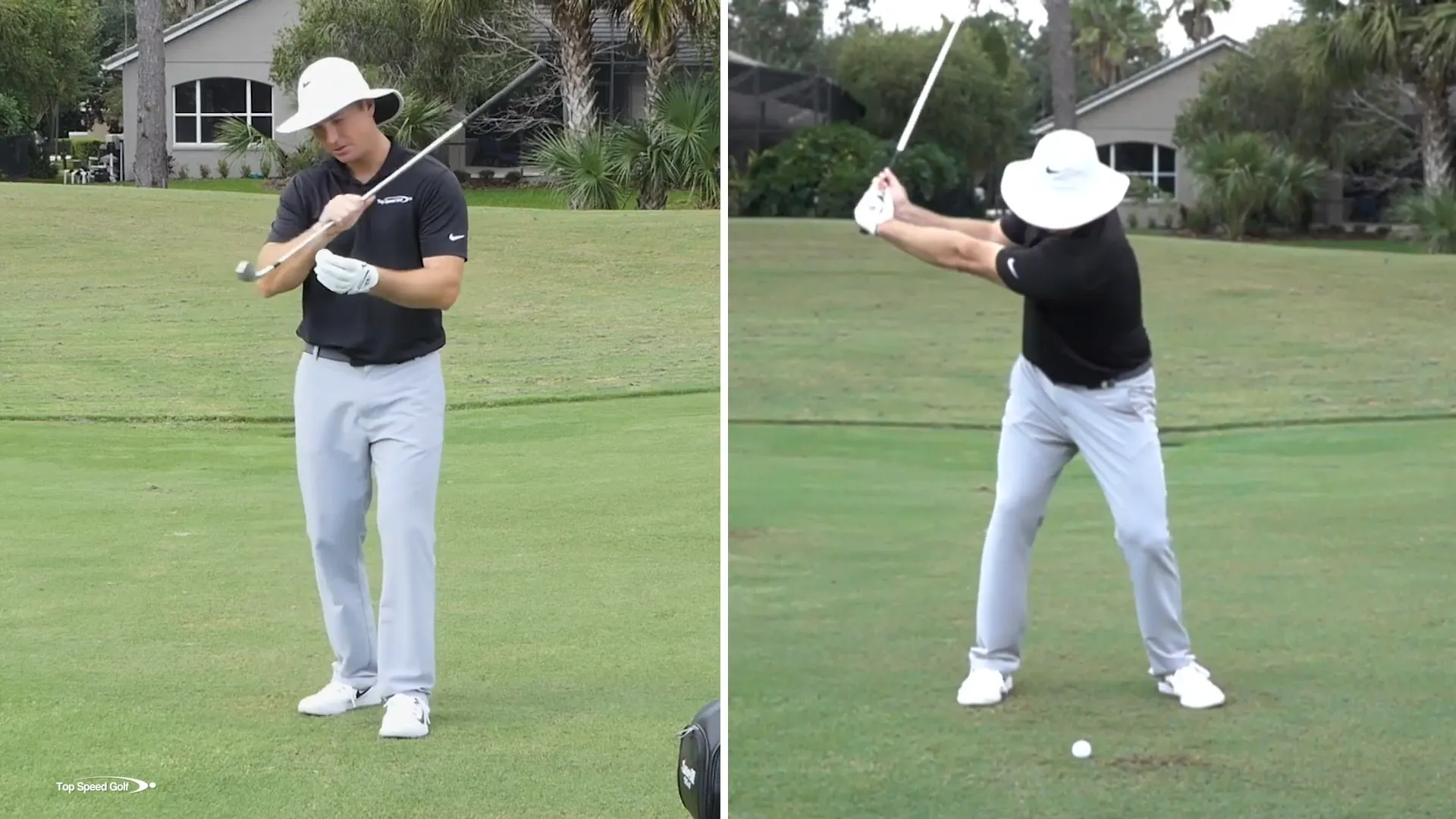
The Importance of Lower Body Engagement
Your lower body is integral to compression and maximizing power. Properly engaging your legs propels your swing effectively.
- Establish a shoulder-width stance.
- Shift your weight to your back leg during the backswing.
- Explosively transition to your downswing by pushing from your back leg.
This motion fosters balance and boosts power, crucial for the low draw.
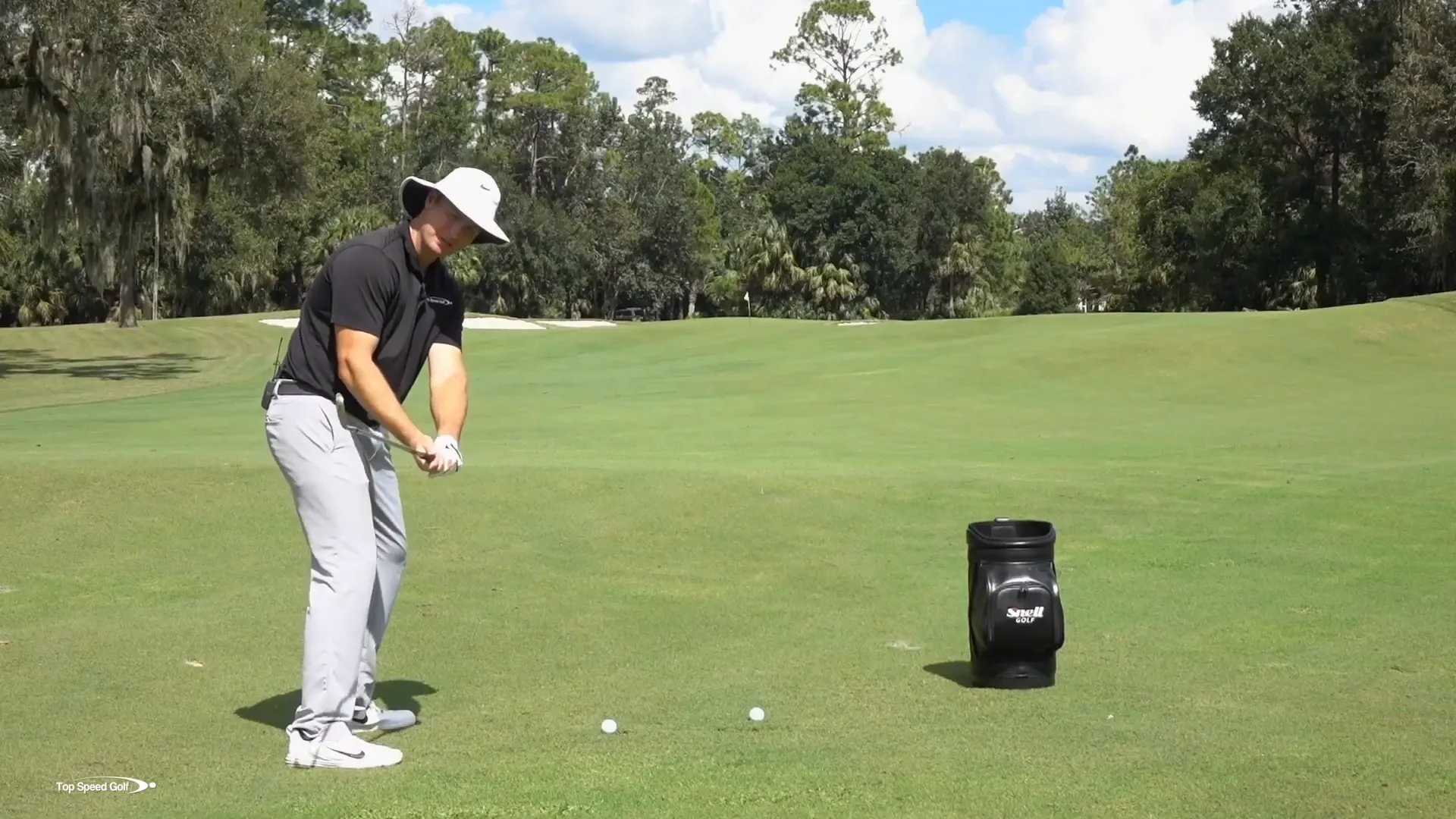
Managing the Logo of Your Left Glove
A critical aspect often neglected is the left glove logo’s orientation during the shot. Keeping it downward aids in maintaining a square or slightly closed clubface at impact. Avoid flipping your hands skyward to preserve your swing’s integrity.
Practice keeping the logo down to promote consistent strikes and engrain the feel of covering the ball.
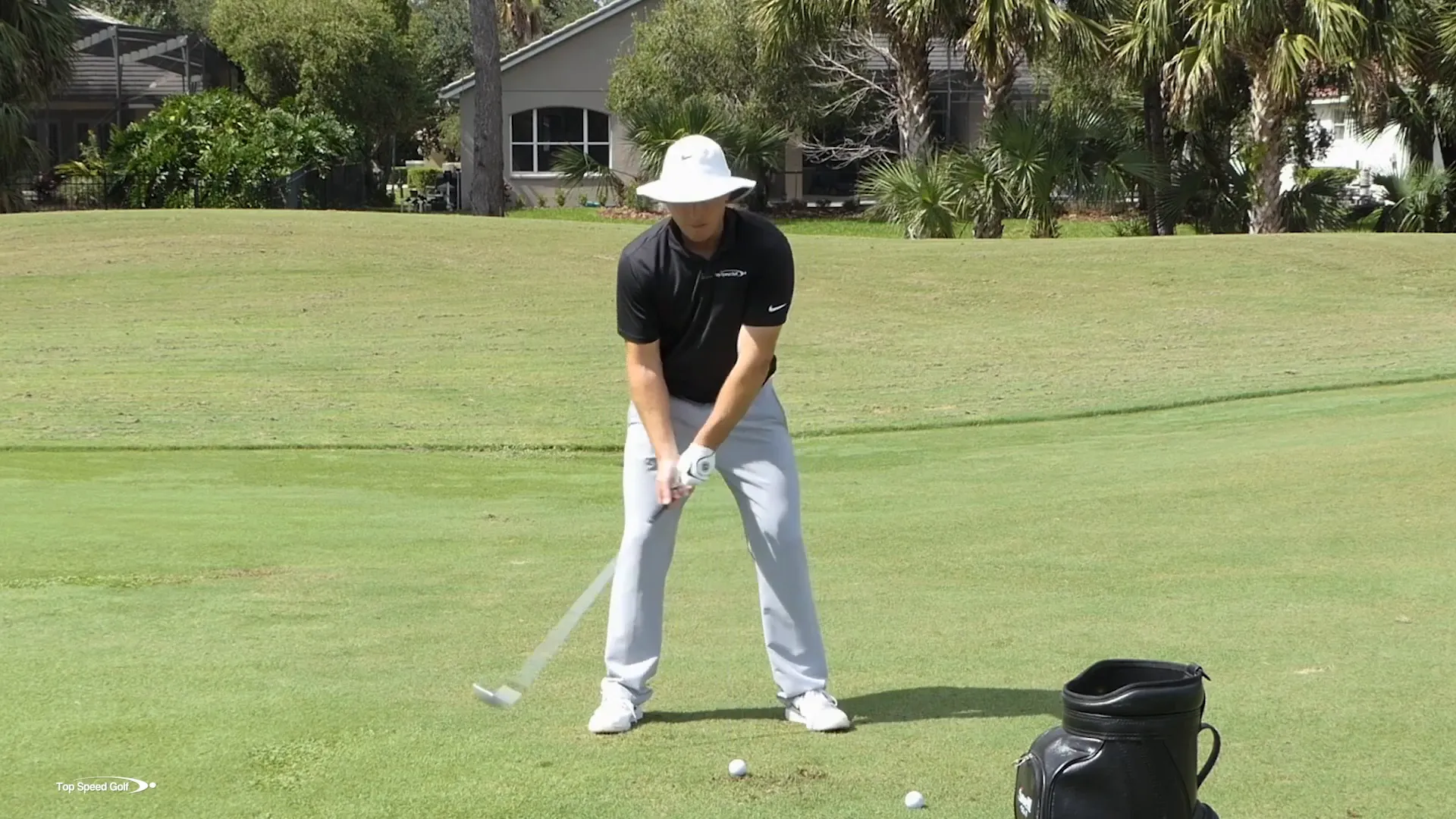
Transitioning to Full-Swing Mechanics
With low draw mastery, transition to full swings by maintaining compression and focusing on lower body engagement.
- Initiate with a full backswing, ensuring weight is properly distributed.
- Sustain lower body focus throughout the swing.
- Accelerate at impact for maximum range.
Each element contributes to a robust swing that generates significant clubhead speed.
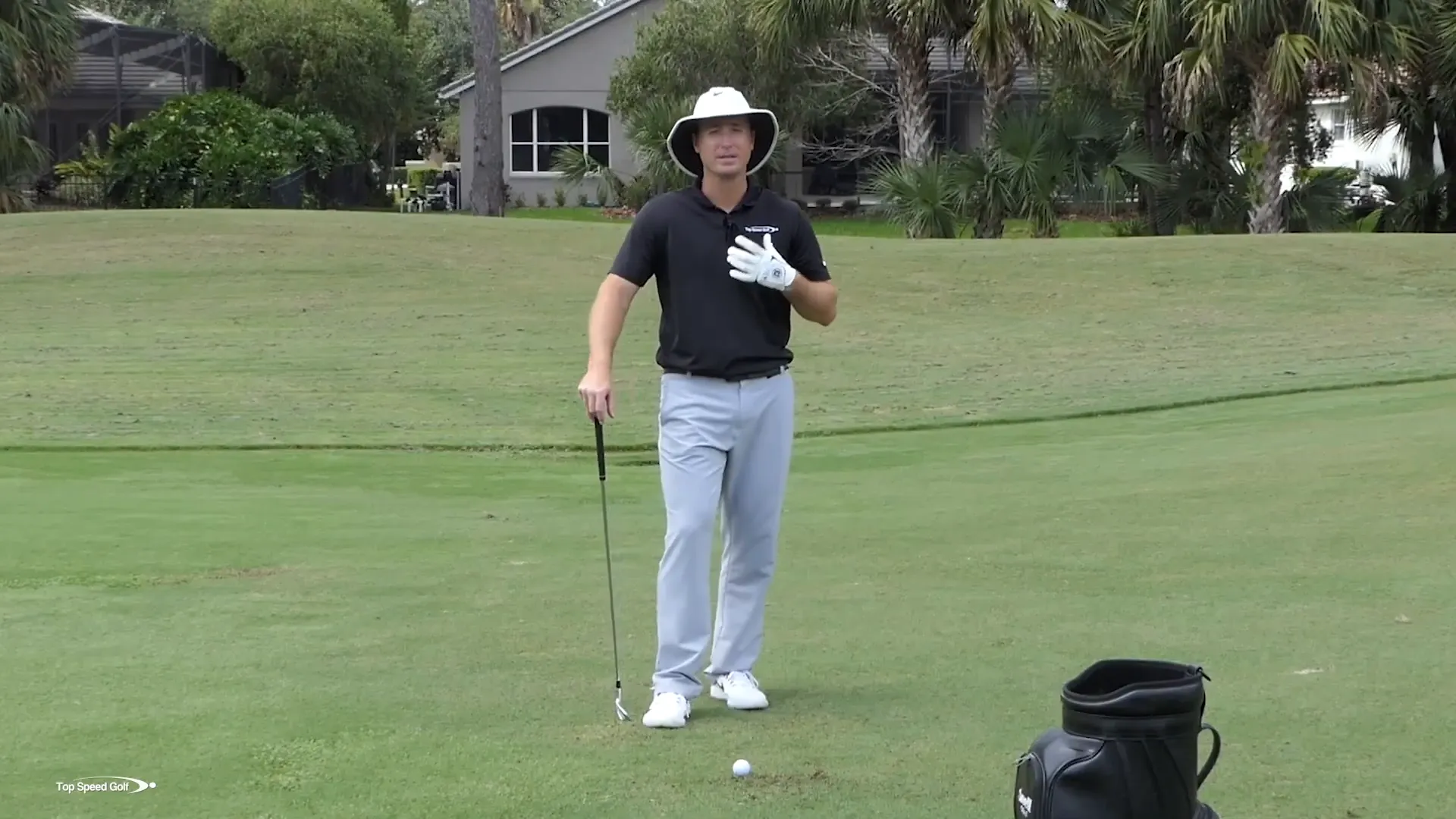
Putting It All Together
Integrate lower body engagement, glove positioning, and compression into your complete swing. Slow practice allows mastery, leading to consistent ball flights and enhanced distance.
As you dedicate time to these techniques, patience is key. Every golfer progresses uniquely, and the low draw shot expertise reaps benefits over time.
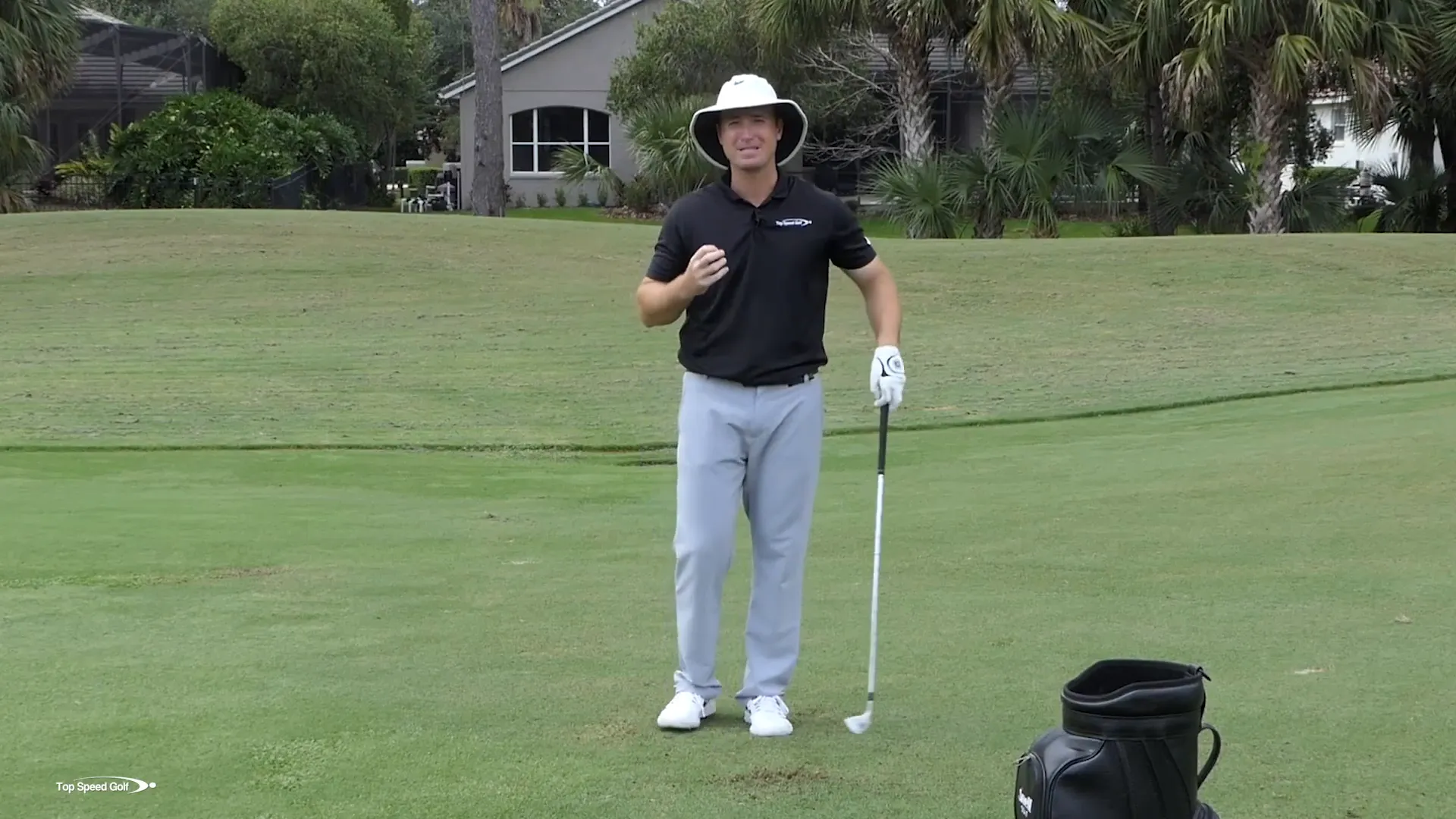

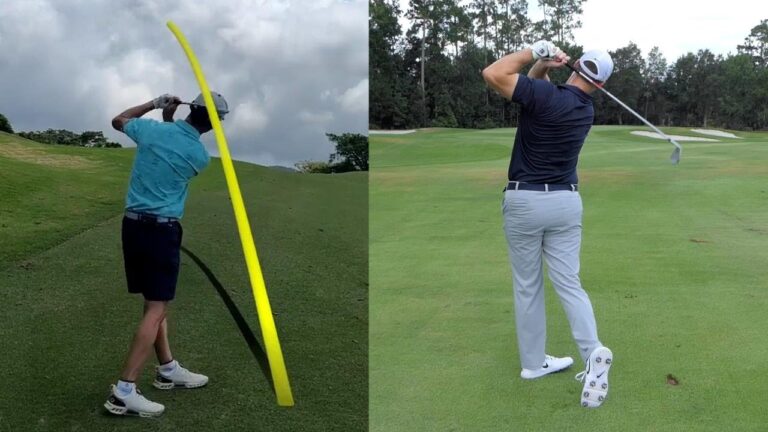
0 Comments